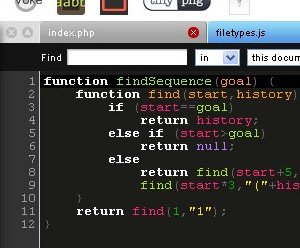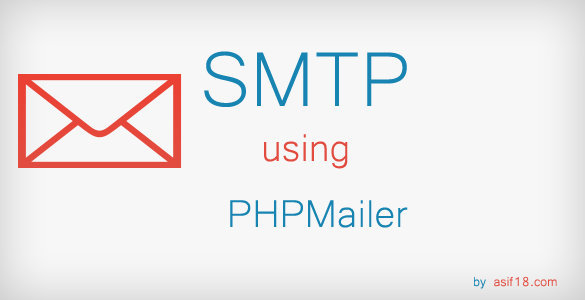Creating a CSV File Using PHP
PHP has built-in functions for creating CSV files. Using these functions instead of libraries like PHPExcel offers several advantages. It consumes fewer resources and is faster.
First, let's create a function that will create our CSV file.
<?php
function array_to_csv_function($array, $filename = "export.csv", $delimiter=";") {
// Instead of opening a temp file, we use memory space.
$f = fopen('php://memory', 'w');
// We're making a loop with an array which contains our data
foreach ($array as $line) {
// Each array in our array is a line in our CSV file.
fputcsv($f, $line, $delimiter);
}
// File initialization is reset
fseek($f, 0);
// Php tells the browser that it is a csv file
header('Content-Type: application/csv');
// Php tells the browser not to display, to save.
header('Content-Disposition: attachment; filename="'.$filename.'";');
// The generated CSV is transferred to the browser.
fpassthru($f);
}
With this function, we can create a CSV file and output it to the browser by passing it a series of file names. I've commented each line of code. I've configured this function to use memory space instead of a temporary temporary file. If you want to use a temporary temporary file, replace $f = fopen('php: // memory', 'w'); with $f = fopen('php: // output', 'w');
Next, we create an array of rows, either from the database or from JSON data, and send it to our function. That's all. As an example, I wrote the following code:
<?php
$titles = array("Name", "Surname");
$row1 = array("Erhan", "Kılıç");
$row2 = array("Onur", "Bakır");
$content = array($titles, $row1, $row1);
array_to_csv_function($content, "export.csv");








